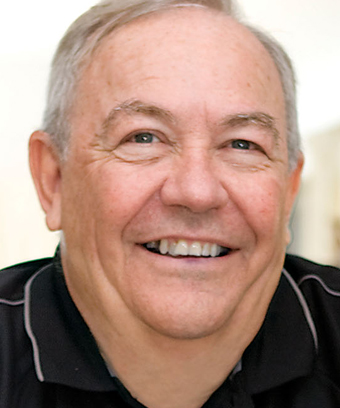Investors warned about rising Perth vacancy rates
 Property investors risk playing ‘Russian roulette’ with the Perth property market by taking a cavalier approach to buying a rental property during rising vacancy rates.
Property investors risk playing ‘Russian roulette’ with the Perth property market by taking a cavalier approach to buying a rental property during rising vacancy rates.

Blogger: Kevin Young, president, Property Club
The latest REIWA figures show that rental vacancy rate in Perth jumped to four per cent and there has been a 30 per cent increase in vacant rental properties during the year to June 2014.
As a result, the median weekly rent in Perth has dropped by $10 to $450.
Gone are the days when renters used to queue up to fight over a rental property in Perth and offer above asking rental prices.
Despite the increase in the overall rental vacancy rate, there are still pockets in Perth that offer investors both high rental returns and prospects of good capital growth.
That is why I closely monitor local government residential building approvals to determine areas of future undersupply and oversupply in housing.
A year ago, the average Perth investor could close their eyes and drop a pin on a map of Perth and be assured that area would be in high demand by renters.
There has been a radical change in the property market and now research is the difference between success and failure in the Perth real estate market.
You should avoid properties that are located in areas of oversupply with little prospect of future capital growth.
Anyone who had bought a rental property should also seek to boost their rental returns though small improvements. For example, offering a high level of security, including security doors and window locks, makes it much easier to lease the property and command a higher rental return.
An air conditioner and a dishwasher are two other key features prospective tenants want in a rental property. Split reverse cycle air conditioning systems are popular with tenants because they allow for temperature control during both summer and winter months.
A property that has these added features may command additional rent of $20 or more per week and, equally importantly, is likely to have a lower vacancy rate. A low vacancy rate obviously will maximise the rental return for an investor and aid their cash flow. For most investors these items will pay for themselves over about three years, through tax deductions and extra rent.
It is also a good idea to employ a gardener to maintain the outdoor areas. These expenses can be built into the rent, and engaging a contractor to maintain the gardens ensures they are always well looked after. Rental properties with poorly maintained gardens are more difficult to lease and return a lower rent compared to similar properties with well-maintained gardens.
Another way landlords can boost rental returns is to consider leasing their property to a tenant with a pet. A large proportion of households now own either cats or dogs, and pet owners generally will pay higher rent to secure a rental property that allows animals. The landlord can request a pet bond from the tenant to cover expenses for any damage.
About Kevin Young
Kevin Young is President of Property Club which he founded in 1994 to help Australians on average incomes and above to fund their retirement through property investment. During the past twenty years, Property Club has emerged to be one of the most successful independent property groups in Australia assisting thousands of members to become property millionaires. Kevin Young owns a substantial property portfolio comprising of over 180 properties and has been listed on Queensland's Top 100 Rich List.
Further information on Property Club can be found at www.propertyclub.com.au

